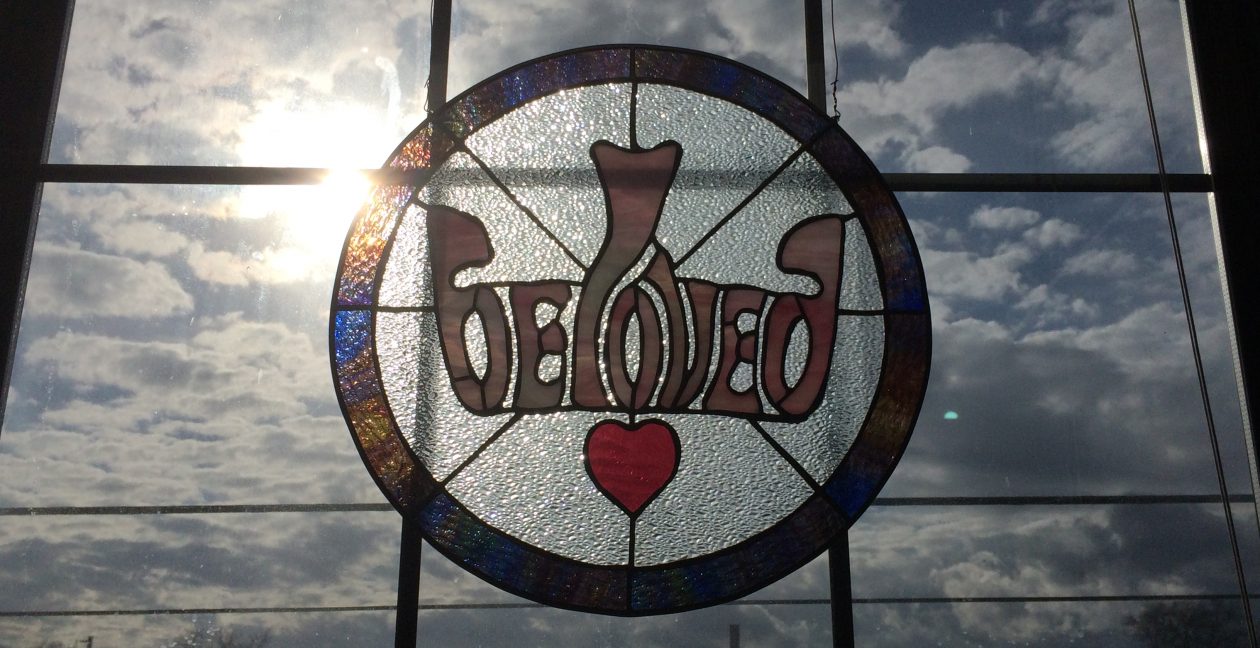
Icon of Christ’s Descent into Hell from an unknown Russian artist, c. 1500
The cross on which Jesus Christ was crucified is, and always will be, a sign that is ambiguous because it represents at one and the same time two seemingly contradictory realities: suffering and salvation.
The cross was the Roman empire’s preferred instrument of capital punishment for enemies of the state. Crucifixion was a horrific form of execution. The victim, after struggling for hours, dies of asphyxiation.
Jesus’ death on the cross is the first crises of faith for those who loved and followed him. How was it possible that the Messiah, God’s chosen one, the Son of God, would die on a cross? He dies as an enemy of the state and a religious heretic—he had become a threat to both Roman power and Jewish religious authority.
For several centuries the cross was not emphasized as the symbol of faith precisely because it was still an embarrassment for those who called themselves Christian. Long before the cross ever became a fashion statement it remained a source of scandal for the early Christian communities. (Imagine today wearing a small silver or gold replica of an electric chair on a necklace.)
The cross will always remind us of Christ’s passion and death and through our baptism our personal participation in the paschal mystery of his death and resurrection. And so it is a sign that we both embrace and recoil from. So how do we reconcile this ambiguity?
Perhaps it means that love is not always the answer. Sometimes love is a question.
When Jesus was dying on the cross he asked a question: “My God, my God, why have you forsaken me?” And there was no answer. Only silence.
Where was God? Where is God? If you’ve never asked yourself that question it’s possible that you haven’t yet fallen in love with God. God is not an easy lover. God loves us unconditionally—but not always the way we want or expect. Eventually we all have the experience of being on the cross, of crying out and not seeming to receive an answer to our plea: “Why have you forsaken me?”
Fortunately, we don’t have to do this alone. We are a community. And the glory of the Church is that we are a community of wounded healers. We are both on the cross and resurrected at the same time. So as Christians there is no other reference point for us except the cross.
There is a famous icon showing Christ in hell using the cross as a bridge for the dead to pass from death to eternal life (shown above). The cross has become our bridge from death to life.
-Palmer Maxwell
